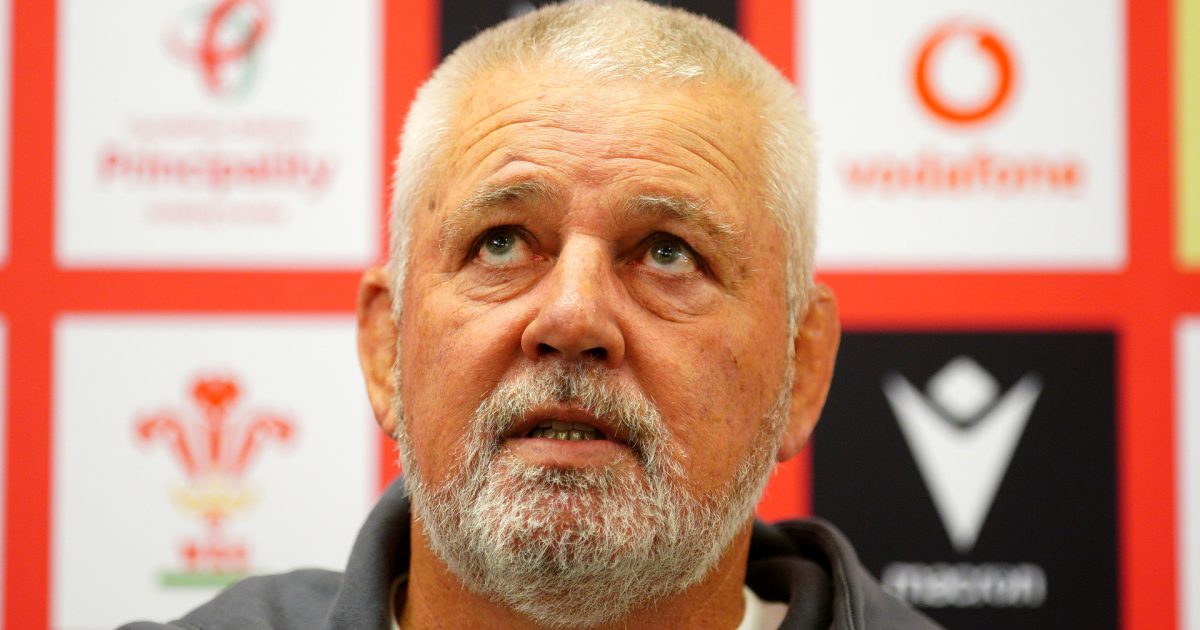Warren Gatland position 'on the line' and 4 other Wales talking point

France and Wales kick off the 2025 Guinness Six Nations when they meet in Paris on Friday night.
Les Bleus are overwhelming favourites to continue Wales’ long Test match losing run that began against 2023 World Cup quarter-final opponents Argentina.
Here, the PA news agency looks at some key talking points ahead of the game.
Struggling Wales’ dirty dozen
It is nigh on impossible at the moment to talk about Wales without referencing a record run of 12 successive Test match defeats. Wales have not won a Test since beating Georgia at the 2023 World Cup, losing to Australia (three times), South Africa (twice), France, Fiji, Argentina, Italy, England, Scotland and Ireland. They are a 20-1 chance with most bookmakers to topple Les Bleus, which underlines a gulf in form and expectation, and Wales have also suffered six losses on the bounce against France. Wales’ Six Nations record in Paris is decent, with a 50 per cent success-rate from the last six visits, but it would represent a colossal upset if they pull it off this time.
Warren Gatland under the pump
Wales head coach Gatland has accepted publicly that change is likely if signs of improvement are not shown during the Six Nations. Welsh Rugby Union chief executive Abi Tierney said Gatland’s position was “on the line” as a review into Wales’ miserable Autumn Nations Series campaign commenced earlier this season. He was given the green light to continue, with another detailed WRU assessment planned after Wales finish the tournament at home to England in mid-March. Wales have won just six of 24 Tests since Gatland returned for a second stint in charge – his first spell delivered Six Nations titles, Grand Slams and two World Cup semi-final appearances – and the heat is on.
Tomos Williams is Wales’ catalyst
If Wales are to make an impression on opening night, then scrum-half Williams will undoubtedly be a driving force. The Gloucester number nine has been in majestic form for his club, helping to underpin a concerted Gallagher Premiership play-off push since moving to Kingsholm last summer. He is the attacking focal point in terms of Gloucester’s all-court game and he signed off for the Six Nations with another blistering try-scoring display as the west country club beat play-off rivals Leicester 38-31. Williams has an ability to turn defence into attack in the blink of an eye and his importance to Wales cannot be understated.
Wales should benefit from experience
Although 104 times-capped number eight Taulupe Faletau’s long injury absence from Test rugby continues, there is a seasoned feel to Gatland’s selection in a number of areas. Full-back Liam Williams and wing Josh Adams – 151 Wales caps between them – are back, while a reunited centre pairing of Nick Tompkins and Owen Watkin is one that certainly knows the ropes. Exeter lock Dafydd Jenkins, who captained Wales in last season’s Six Nations, also returns following knee and shoulder operations last summer. There are close to 500 caps in Wales’ starting line-up, which is more than for a number of games during the past year or so, and that has to be beneficial in terms of coping with the cauldron that awaits.
Antoine Dupont back on Six Nations stage
Among the many headline acts on show at Stade de France, none is more in demand than France captain Antoine Dupont. Widely regarded as the world’s best player, he returns to the Six Nations arena after missing last season’s tournament while he concentrated on the Paris Olympics and being part of France’s sevens squad. A year on, he can admire a gold medal, in addition to helping his club Toulouse land a Champions Cup and French league double, while also orchestrating Les Bleus’ autumn victory over New Zealand. Scrum-half Dupont’s mere presence will lift the decibel level at Stade de France and Wales face a Herculean task trying to silence it.

To be first in line for Rugby World Cup 2027 Australia tickets, register your interest here













































